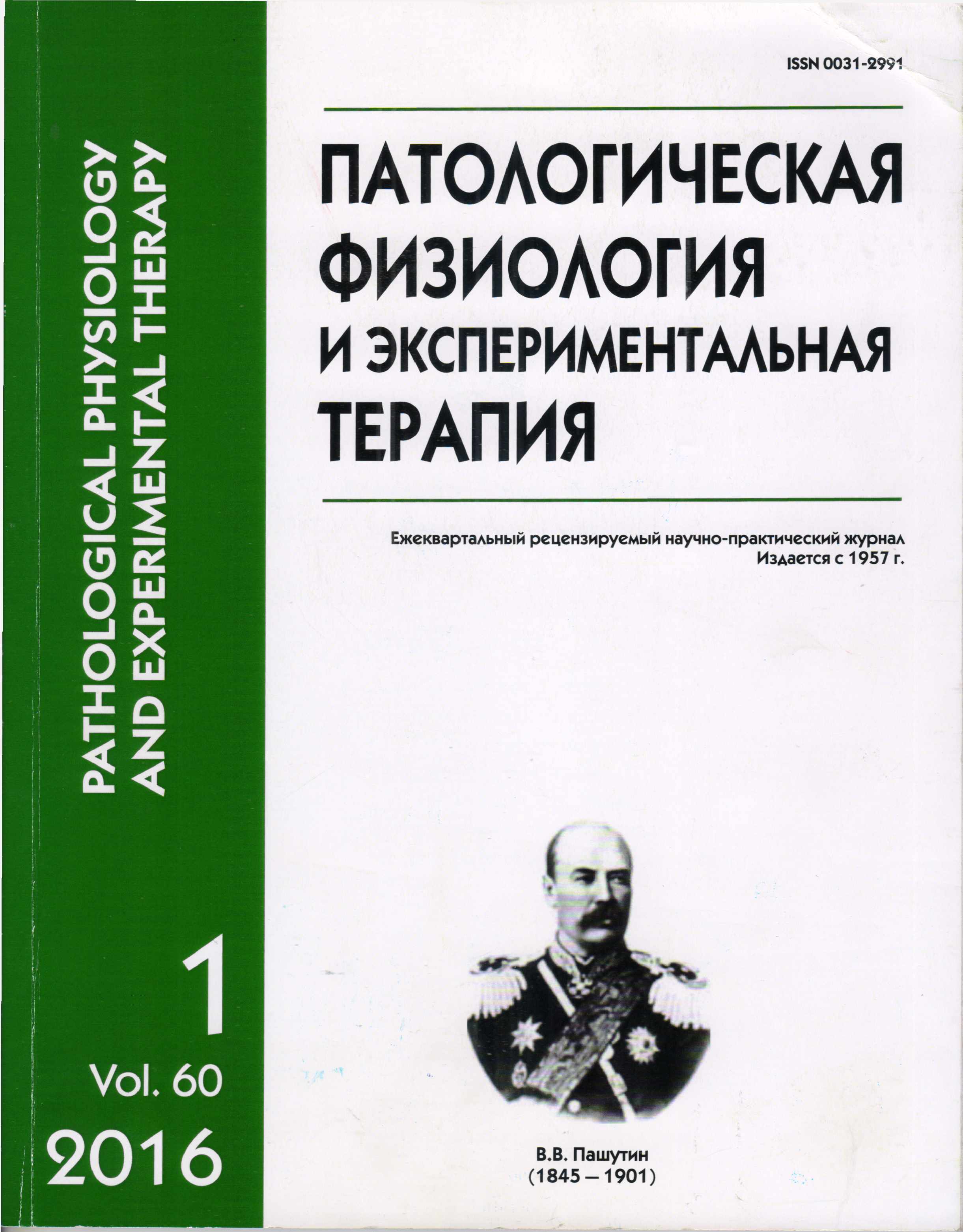The role of inflammatory and immune reactivity in developing pain in adenomyosis
Keywords:
adenomyosis; pelvic pain; inflammation; macrophages; natural killer cells; T-helper cells
Abstract
Objective: to analyze the role of inflammatory and immune reactivity in the development of adenomyosis and its associated pain. Methods. For morphological studies it were using fragments of walls of 56 uterus received after hysterectomy in patients with pelvic pain on a background of diffuse adenomyosis II-III degree, and 30 patients with painless form of adenomyosis. To identify, evaluate the amount and spatial distribution of macrophages, T-helper cells and natural killer cells it was using MAbs to CD68, CD4, CD56 respectively. The results of the study showed a significantly high expression of CD68 (49,3 ± 2,3 vs. 21,2 ± 1,7 conv. units, p<0,01), CD56 (47,4 ± 2,7 vs. 17.2 ± 1.8 conv. units, p<0,01, p<0,05) and CD4 (52,1 ± 2,2 vs. 19,9 ± 2,5 conv. units, p<0,01) in patients with painful form of adenomyosis in the regions of ectopic endometrium and in the regions of perivascular growth in myometrium compared to those areas in women with painless adenomyosis. Conclusions: Adenomyosis is a chronic inflammatory disease accompanied by dysfunction of the uterine immune reactivity. Inflammatory and immune processes in the uterus with adenomyosis contribute to the persistence and growth of endometrial implants. In adenomyosis, associated with chronic pelvic pain syndrome, there is increase in the number of activated macrophages, natural killer cells and T-helper cells in the perivascular regions and in areas of remodeling of the myometrium are carriers of the nerves, which leads to increased neurogenic inflammation and sensitivity of nociceptors, activation of peripheral nerve fibers and the generation of pain.Downloads
Download data is not yet available.
Published
22-03-2016
How to Cite
Orazov M. R., Radzinskiy V. E., Nosenko O. M. The role of inflammatory and immune reactivity in developing pain in adenomyosis // Patologicheskaya Fiziologiya i Eksperimental’naya Terapiya (Pathological physiology and experimental therapy). 2016. VOL. 60. № 1. PP. 40–44.
Issue
Section
Original research






